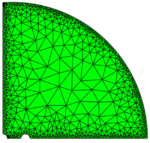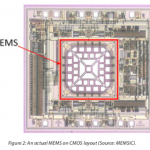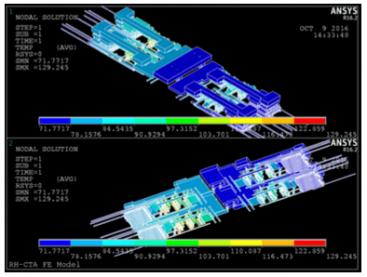Finite element methods for analysis crop up in many domains in electronic system design: mechanical stress analysis in multi-die systems, thermal analysis as a counterpart to both cooling and stress analysis (eg warping) and electromagnetic compliance analysis. (Computational fluid dynamics – CFD – is a different beast which… Read More
Tag: fea
MEMS Actuation and the Art of Prototyping
I mentioned a while back that I’m really getting into the role that sensors play in our new hyper-connected world – in the IoT, intelligent cars, homes, cities, industry, utilities, medicine, agriculture, etc, etc. If we can think of a way to sense it and connect it, someone is probably already doing it. But there’s more to … Read More
Mentor-Tanner Illuminate MEMS Sensing, Fusion
I enjoy learning and writing about new technologies closely connected to our personal and working lives (the kind you could explain to your Mom or a neighbor). So naturally I’m interested in AI, communication and security as applied to the home automation, transportation, virtual, augmented and mixed reality, industry and so… Read More
Thermal Modeling for ADAS goes MultiPhysics
In electronic system design, we have grown comfortable with the idea that different regimes of analysis, such as the chip, the package and the system, or electrical, thermal and stress are more or less independent – what starts in one regime stays in that regime, give or take some margin information passed onto other regimes. And… Read More
MEMS in The World of ICs – How to Quickly Verify?
In the modern electronic world, it’s difficult to imagine any system working as a whole without MEMS (Micro-electromechanical Systems) such as pressure sensors, accelerometers, gyroscopes, microphones etc. working in sync with other ICs. Specifically in AMS (Analog Mixed-Signal) semiconductor designs, there can be significant… Read More






